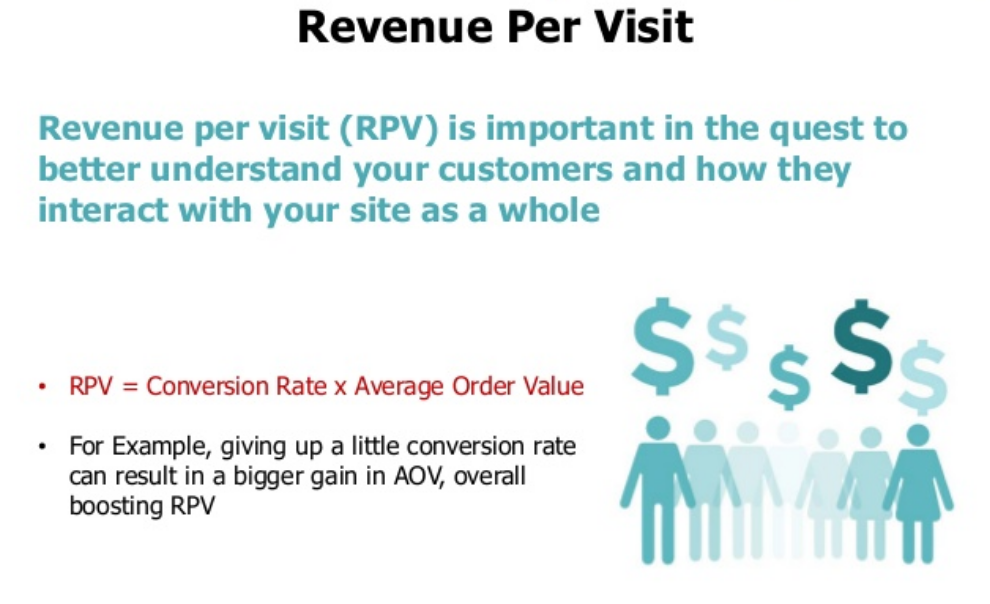3 steps to selecting the right KPIs to measure the effectiveness of your campaigns
is that well-known saying we all keep hearing? What gets measured gets done.
To optimize your marketing personalization campaigns, you need to make sure you’re measuring the effectiveness of your efforts.
Measurements help inform key decisions, align everyone in the organization with a common goal, and indicate that you’re making meaningful progress.
The question is, what should you be measuring?
Gathering and analyzing the wrong metrics is not only a waste of time and resources but it may also paint a wrong picture of the performance of your campaigns, preventing you from making the right adjustments.
Here’s how to make sure you’re gathering and analyzing the right metrics and key performance indicators (KPIs):
How to define personalization KPIs and measure the effectiveness of your campaigns
Step 1: Identify your objectives
Marketing personalization is a powerful strategy that can deliver a lot of benefits to a business.
However, you should limit the number of goals so you can focus your efforts and gather meaningful data.
Your objectives will depend on your industry, your business model, and the stage of growth of the business. Here are some examples:
- Improve sales performance
- Increase repeat purchases and brand loyalty (e.g., customer lifetime value)
- Drive traffic that converts
- Strengthen brand recognition and engagement
- Increase the number and quality of generated leads
- Increase content ROI
- Increase average order value
- Increase customer lifetime value
Step 2: Define your KPIs
Based on your marketing objectives, you must define which metrics can best indicate the progress of these goals.
Your metrics need to be quantifiable. In addition, you must also distinguish between leading KPIs and lagging KPIs so that you can extract appropriate insights from the metrics.
For most marketing personalization campaigns, KPIs often measure the performance of the sales funnels or the effectiveness of the customized content or offers. Some of these include:
- Conversion rate
- New vs. returning visitors
- Customer/visitor loyalty
- Bounce rate
- Website traffic to lead ratio
- Top traffic sources
- Click-through rate
- Engagement score
- Average session duration
- Average page views per visit
- Average order value
- Revenue per visit

Make sure to select metrics from which you can extract actionable insights. Otherwise, you’ll be crunching a lot of numbers without being able to take impactful actions.
Step 3: Measure and analyze
Before you start any campaign, establish benchmarks so you know whether you’re indeed making improvements. These are your baseline metrics from which to start the personalization efforts.
Make sure you’re integrating metrics from all the systems you use, such as eCommerce and CRM platforms. Whenever possible, send all information to one centralized dashboard so that you can gain a holistic view of your personalization campaign performance.
Last but not least, metrics need to be measured consistently over time and across segments so you can extract accurate and meaningful insights.
I’ve got the insights, now what?
The ability to gather and analyze customer data to extract insights is the first step to running effective personalization campaigns.
Next, you have to put the information into action by applying the insights to improve your personalization strategies.
NectarOm’s Decision Engine helps you identify individual customers who are most likely to respond to a particular strategy or campaign, so you can increase your marketing ROI by matching your content and offers to each customer’s preferences, brand interactions, and habits.



